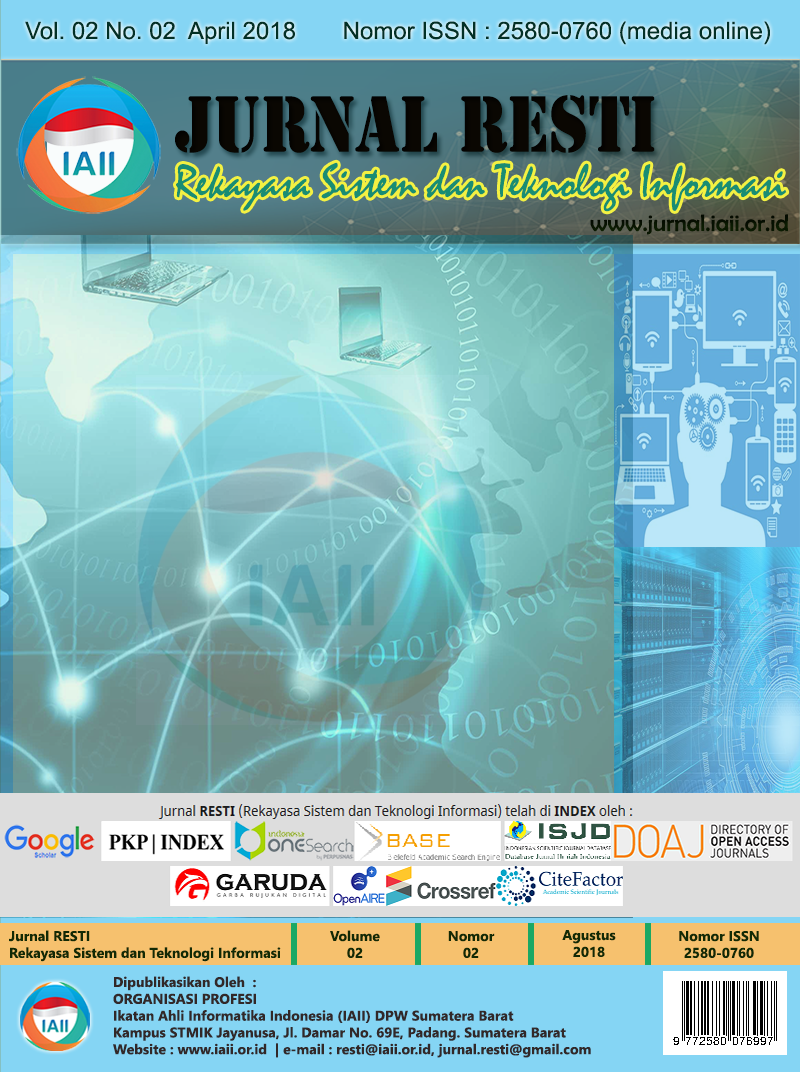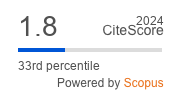Implementasi E-Modul pada Program Studi Manajemen Informatika Universitas Bina Darma Berbasis Web Mobile
Abstract
The Information Management Studies Program is a Diploma (D III) education, which is on the Vocational Faculty. In the process of lectures are still many who use the module (paper print module). Situations like this resulted in students less than the maximum in learning and less to understand the subject matter because there is material that is missed, thus resulting in knowledge of students will less than the maximum science. One solution of the problem, the need for development in lecturing process by adding electronic media such as e-module. E-module is a document or article in electronic format. This research implements information technology (IT) in the form of e-module to improve student study Program Management Informatics Faculty Vocational University Bina Darma. The purpose of this implementation in order to facilitate student learning wherever the place because it can be accessed and learned by using smarthpone online in the form of e-module is a full module from the first material to the end. Development method used in this research is linear sequential model with several stages that is analysis, design, coding, testing, and support. The results obtained from the research in the form of mobile web-based e-module applications that can be opened through a smartphone. With this e-module student learning process can be more effective.
Downloads
References
[2] http://www.acehnature.com/index.php/2016/11/27/ pengertian-aplikasi-nativehybriddan-mobile-web. [Accessed 10 Juni 2017].
[3] Jogiyanto, 2005. Analisis & Desain Sistem Informasi : Pendekatan Terstruktur Teori dan Praktek Aplikasi Bisnis. Andi, Yogyakarta.
[4] Hasyim, N, Mutiaz, IR, Agus Sachari, A. 2014. Perancangan Desain Apikasi Buku Digital (E-Book) dengan Objek Masjid Agung Demak, ISSN 2356-2579, Vol.13, No.3,
[5] Solikin, I., & Komalasari, D. 2017. Aplikasi Bahan Ajar Digital pada Sekolah MA. Miftahul Huda Tugu Agung Kab. OKI. Jurnal Media Informatika dan Komputer. Vol.8, No.1, ISSN 2089-4384, pp.63-69.
[6] Purwaningtias, F., & Solikin, I. 2017, Penerapan aplikasi e-book school pada smk emhata Kabupaten ogan komering ilir berbasis web. Jurnal Sistem Informasi, Teknologi Informatika dan Komputer. Volume 8, Nomor 1, ISSN 2089-0265, ISSN 2087-3557, pp 21-30.
[7] Indhaka WA, Supraptono E dan Sugiarti N. 2016, Penerapan Buku Sekolah Elektronik Berbasis Android dalam Materi Ajar Besaran dan Satuan. Vol. 17, No.12, pp 1-8
[8] Putra. KWB, Wirawan. IMA, Pradnyana. GA. 2017, Pengembangan E-Modul Berbasis Model Pembelajaran Discovery Learning pada Mata Pelajaran “Sistem Komputer” untuk Siswa Kelas X Multimedia SMA Negeri 3 Singaraja, Vol.14, No.1, pp 40-49.
[9] Subana dan Sudrajat. 2005. Dasar-Dasar Penelitian Ilmiah. Diterbitkan oleh : CV Pustaka Setia. Bandung
[10] Rosa & Shalahuddin. 2015. “Rekayasa Perangkat Lunak Terstruktur dan Berorientasi Objek”. Bandung : Informatika Bandung.
[11] Pressman, Roger S., 2001, Software Engineering A Practitione’s Aproach, Mcgraw-Hill, New York
Copyright (c) 2018 Jurnal RESTI (Rekayasa Sistem dan Teknologi Informasi)

This work is licensed under a Creative Commons Attribution 4.0 International License.
Copyright in each article belongs to the author
- The author acknowledges that the RESTI Journal (System Engineering and Information Technology) is the first publisher to publish with a license Creative Commons Attribution 4.0 International License.
- Authors can enter writing separately, arrange the non-exclusive distribution of manuscripts that have been published in this journal into other versions (eg sent to the author's institutional repository, publication in a book, etc.), by acknowledging that the manuscript has been published for the first time in the RESTI (Rekayasa Sistem dan Teknologi Informasi) journal ;








